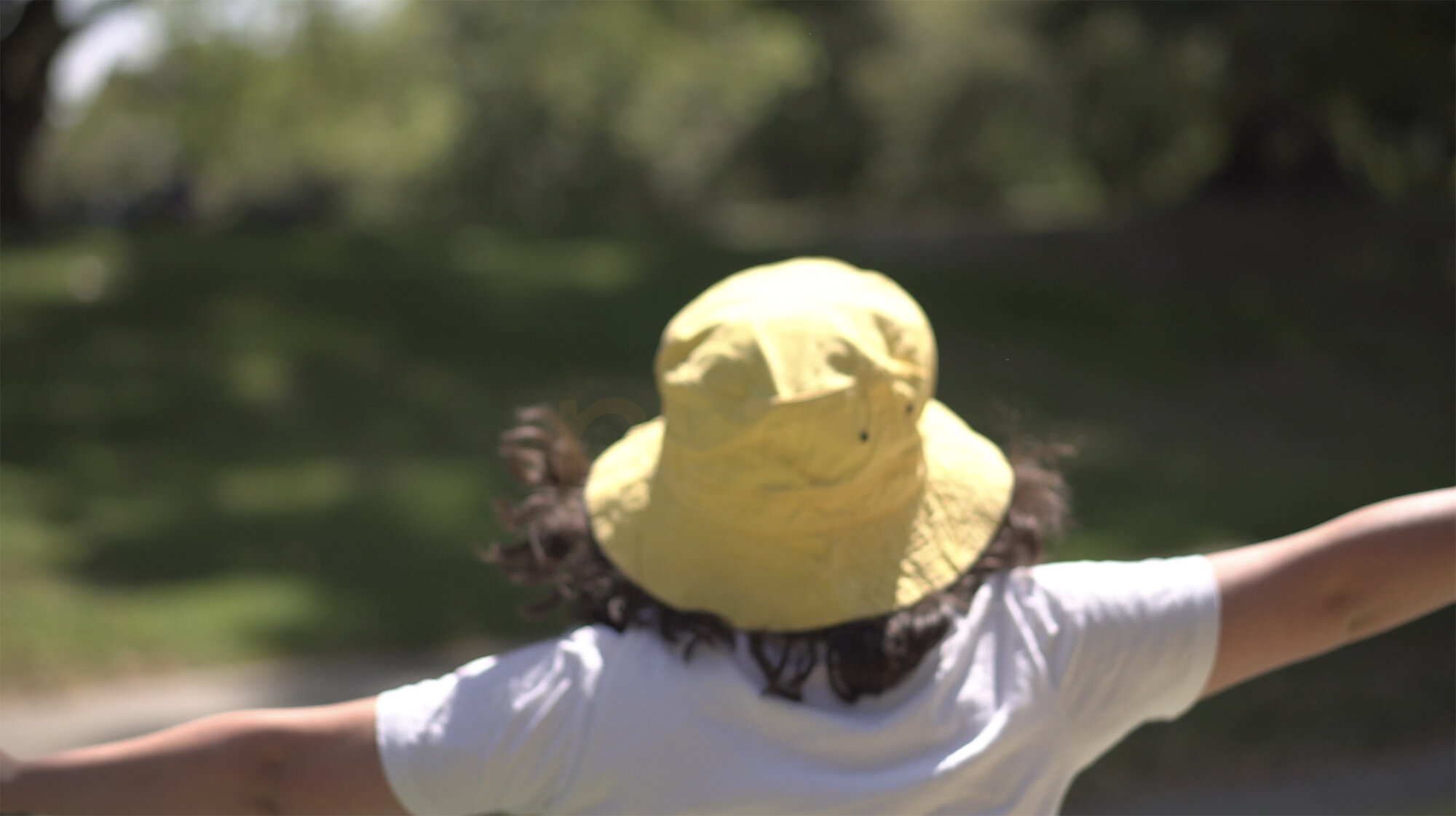
44 sounds, 26 letters, thousands of words
Reading is an essential and rewarding lifelong skill. For some, learning to read seems effortless, while others need lots of practice, but 95% of people can be taught to read. Our program is designed for everyone. We guide you systematically through the essential building blocks of learning to read: let’s learn the 44 sounds, so you can read!
Our program is:
Systematic
Each lesson builds on the last.
You never “wait and see” if your child will progress, we explicitly teach the building blocks for success.
Easy
The lessons are short and engaging.
You go at your own pace.
We recommend 2 or 3 lessons per week, but go at whatever pace works for your reader.
Daily practice in short bursts is best, because practice makes permanence.
Reading texts at their level, your child will be prepared for reading and will build confidence so they don’t get discouraged by reading books that are too challenging.
We recommend your child read words or books (decodable readers coming soon) at their level during the day, and that you read to your child at bedtime (a book above their reading level, but of interest to them).
Multisensory
Get your whole body into it ! This isn’t essential to learning, but just makes it more fun.
The more senses and parts of the body you use to learn, the better the lesson will stick.
HEAR the sound
SEE the letter
SAY the sound
TOUCH the letter
Write and say the letter on paper, write and say it in the sand, write it in the air with your full arm, say it outloud as you do it, hop on one foot as you do it - use all your body if you like.
We are not suggesting you jump around while you’re reading, just use as many senses as you can while you are learning the sound-letter correspondences.
Why Sounds?
It’s true, we use our eyes to read, but reading begins with sound. Even when you are reading silently, you are “saying” the words to yourself in your head. First you have to hear and distinguish (manipulate) the sounds of language. Then you can connect those sounds to the letters in words.
26 letters and 44 sounds
There are 26 letters, but they make more than 44 sounds.
Each letter has a name, like w (doubleyou), and a sound, like /w/ in ‘wet’.
Some letters have more than one sound. For instance, g makes a hard /g/ like in ‘gum’ or soft /j/ like in ‘gym’.
Sometimes a sound (/sh/) can be written with two letters (sh), like /sh/ in shop.
Once you learn these sounds, you can read.
There are 5 vowels:
a e i o u (and sometimes y)
Each vowel has a short sound (like the /a/ sound in ‘ant’).
and a long sound (like the /ā/ sound in ‘ate’)(sounds like the name of the letter).
Sometimes y acts like a vowel (like in ‘puppy’ the letter y sounds like /ē/).
All the other 21 letters are consonants
b c d f g h j k l m n p q r s t v w x y z
